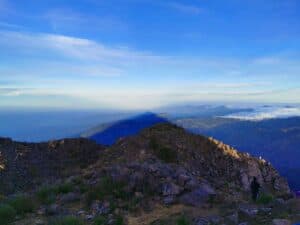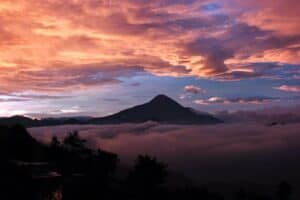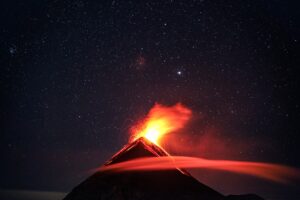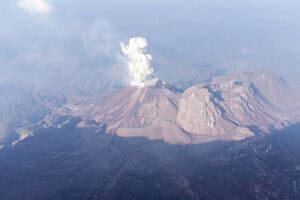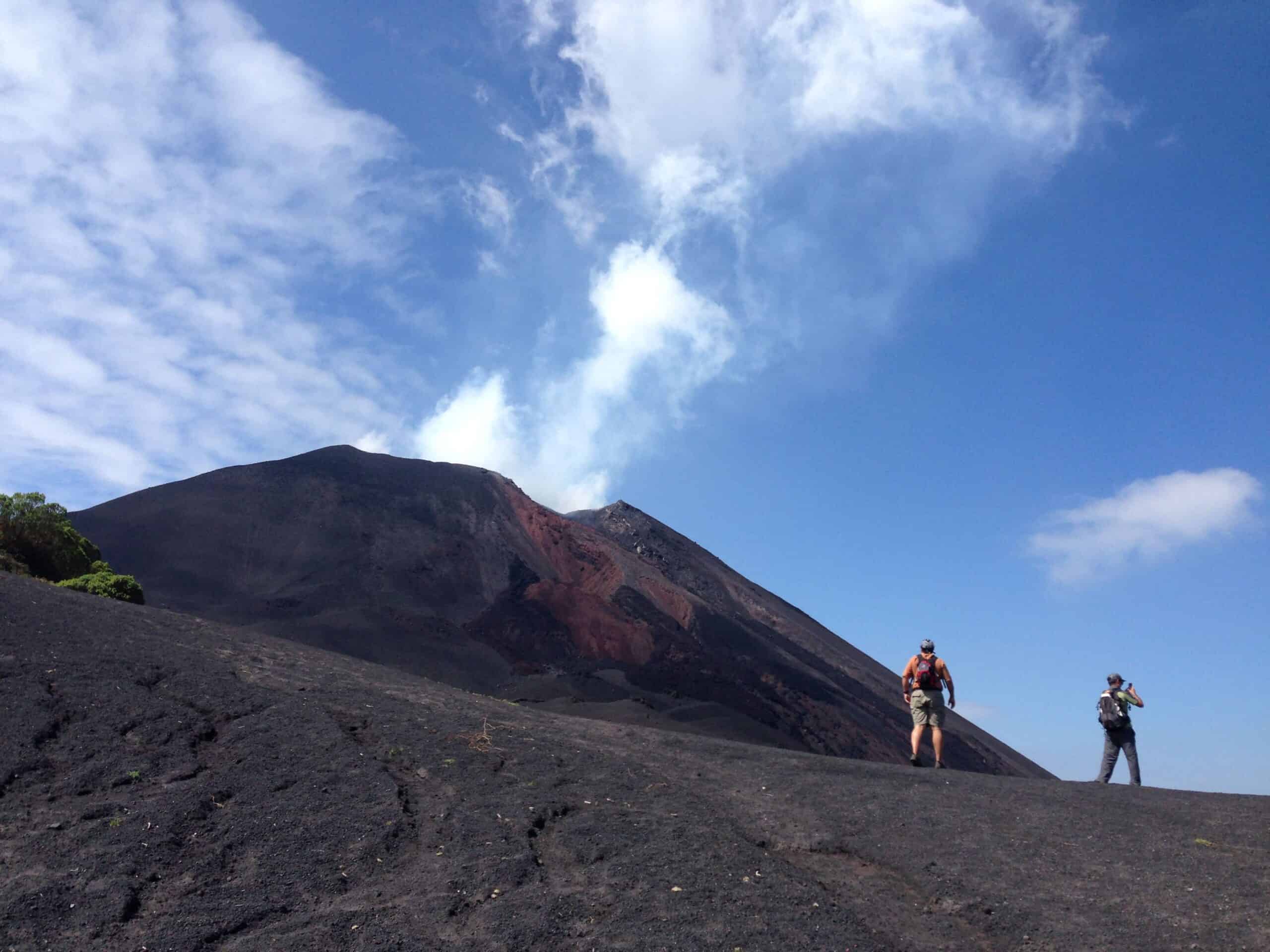
Pacaya Volcano Eruption: Exploring Its Fiery Past Through History
Pacaya volcano, standing tall and majestic in Guatemala, is not just a mountain of rock and ash. It’s a living, breathing testament to the Earth’s raw power and a window into its tumultuous past. Let’s embark on a journey through time to uncover the history of Pacaya volcano. From its geological birth to its fiery eruptions and its profound significance to the indigenous cultures of Guatemala.
The Geological Genesis
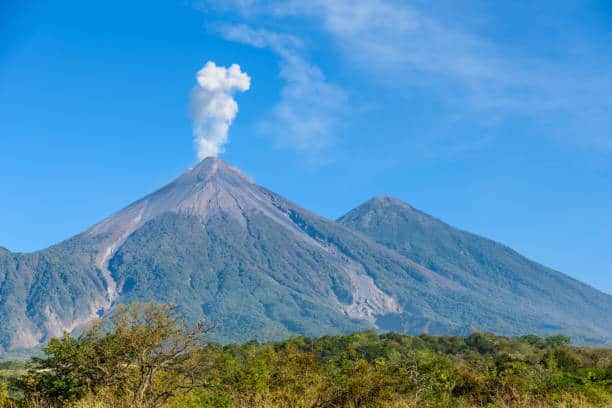
Long, long ago, before humans ever set foot on Earth, the story of Pacaya volcano began. Deep beneath the ground, where no one could see, the volcano started its journey. It wasn’t sudden or quick. It took its time, shaped by the immense power of the Earth’s movements. Over countless years, layer upon layer of scorching, molten rock piled up, slowly forming the majestic mountain we now call Pacaya volcano.
The Indigenous Connection to Pacaya Volcano
Pacaya volcano is more than just a towering mountain of rock and fire. It holds a special place in the hearts and minds of the indigenous peoples of Guatemala. To them, Pacaya is not merely a geological wonder but a sacred site steeped in spiritual significance.
For generations, the indigenous communities of Guatemala have revered Pacaya volcano as a sacred place. They believe it to be the dwelling of Tz’ikin, the revered Mayan deity of wind and rain. These communities have passed down stories through oral traditions. They recount how Tz’ikin watches over the land and its people from atop the volcano’s fiery summit.
To honor this sacred connection, rituals, and ceremonies are held at the base of Pacaya volcano. Offerings of flowers, fruits, and incense are made to appease the spirits and seek protection from natural disasters such as earthquakes and volcanic eruptions. These rituals serve as a reminder of the deep bond between the indigenous peoples and the land they inhabit. A bond that transcends generations and withstands the test of time.
In times of crisis, the indigenous communities turn to the Pacaya volcano for guidance and solace. They draw strength from its ancient presence and seek wisdom from the spirits that dwell within its depths. It is a place of refuge and renewal, where the soul finds solace amidst the chaos of the world.
As the lava flows and the earth trembles, the indigenous peoples stand steadfast in their belief. They know that the Pacaya volcano is not just a force of nature but a guardian and protector, watching over them with unwavering vigilance. And so, the bond between the indigenous peoples and Pacaya volcano endures. A timeless connection rooted in reverence, respect, and resilience.
Pacaya Volcano Eruptions: Eruptions Through the Ages
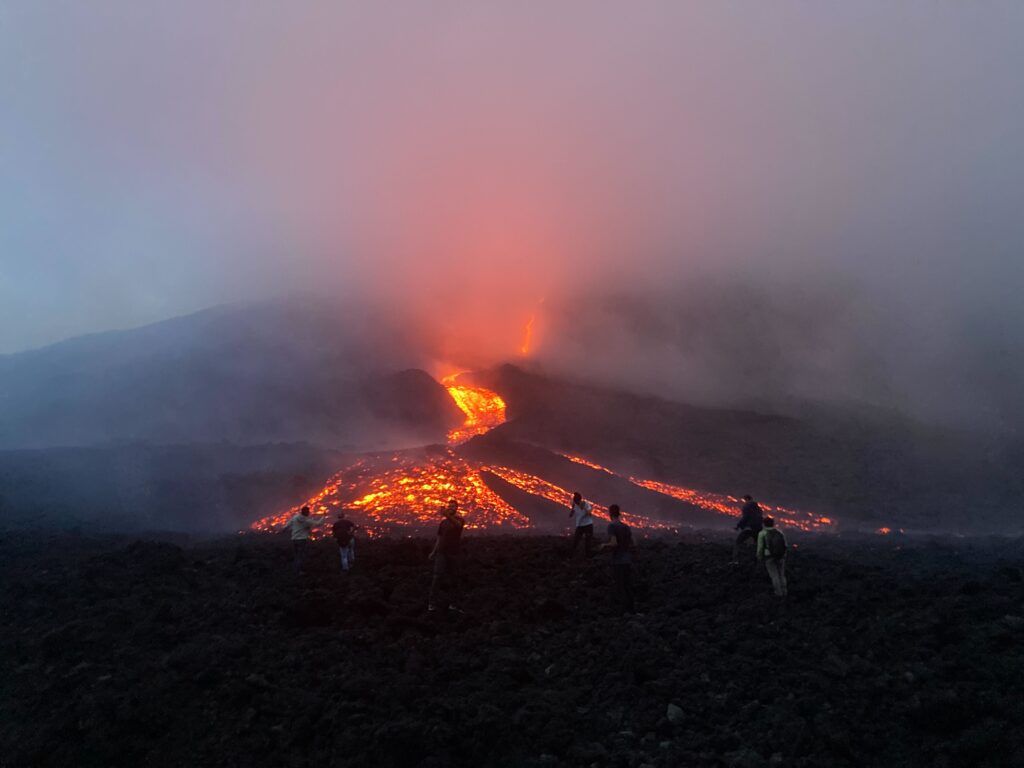
Over the course of history, Pacaya volcano has burst into action countless times, reshaping the land and affecting the people who dwell nearby. Let’s take a closer look at some of the most memorable eruptions:
- 1565: Back during the days of Spanish rule, Pacaya volcano roared to life in one of its earliest recorded eruptions. Ash and lava surged down the slopes, wreaking havoc on nearby villages and settlements.
- 1775: Fast forward to the late 1700s, when another significant eruption rattled the region. This time, the volcano belched ash and rock into the sky, while streams of molten lava carved new paths down its flanks. The eruption forced families to abandon their homes and seek safety elsewhere.
- 1965: As the world entered the modern era, Pacaya volcano continued its fiery activity. In 1965, a major eruption lit up the night sky with dazzling displays of lava fountains. The glowing rivers of molten rock left behind a scene of destruction as they flowed downhill, leaving a lasting impact on the landscape.
- 2010: In more recent times, Pacaya volcano made headlines once again with a powerful eruption in 2010. The sudden outburst caught residents and tourists by surprise, sending towering columns of ash and gas into the air. The eruption prompted urgent evacuations as authorities worked to ensure the safety of those in the vicinity.
Impact on Surrounding Communities
The eruptions of the Pacaya volcano have left a deep mark on the communities dwelling nearby. When the volcano rumbles and spews its fiery contents, it doesn’t just affect the land; it affects the lives and livelihoods of those who call this area home.
Picture this: fields once lush with crops, are now coated in a layer of ash. Homes that once stood proudly, are now reduced to rubble by the unstoppable force of molten lava. Roads and bridges, essential lifelines for these communities, were rendered impassable by the debris and destruction left in the wake of the eruption.
For these communities, the impact is not just physical but also economic and emotional. With their crops destroyed, their homes damaged, and their infrastructure in ruins, they are left to pick up the pieces and rebuild their lives from scratch. It’s a daunting task, one that requires resilience, determination, and a strong sense of community.
But amidst the devastation, there is also hope. The people living in the shadow of Pacaya volcano are no strangers to adversity. They have weathered countless eruptions before, and each time, they have risen from the ashes, stronger and more resilient than ever.
Despite the constant threat of danger, they choose to stay, rooted in their connection to the land and to each other. It’s a testament to the human spirit, to our ability to find strength and solace in the face of adversity.
So yes, the eruptions of Pacaya volcano have had a profound impact on the surrounding communities. They have caused destruction and despair, forcing people to rebuild their lives time and time again. But they have also revealed the resilience and strength of the human spirit. It reminds us that even in the darkest of times, there is always hope.
Conclusion
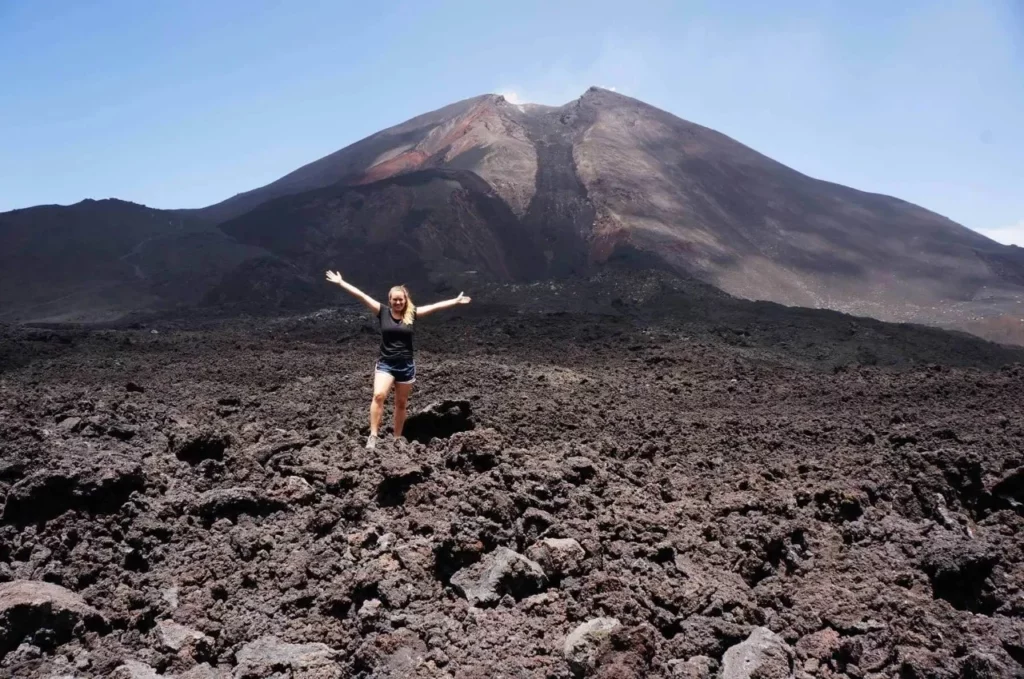
As we reflect on the history of Pacaya volcano, we are reminded of the ever-changing nature of our planet and the delicate balance between destruction and creation. Despite the chaos and uncertainty it brings, the volcano also serves as a reminder of the awe-inspiring power of nature and the enduring spirit of the people who call this land their home. Through the ages, Pacaya volcano has stood as a silent witness to the passage of time, a testament to the forces that shape our world.
Today, Pacaya volcano continues to be a dynamic and active force in Guatemala’s landscape. Its towering presence serves as a constant reminder of the Earth’s powerful forces and the ever-changing nature of our planet.
While it may not be erupting at this exact moment, Pacaya remains active, with periodic eruptions and volcanic activity. Scientists closely monitor its behavior, using advanced technology to track changes in seismic activity, gas emissions, and other indicators of potential volcanic activity.
Despite the risks, life goes on around Pacaya volcano. Villages and towns dot their foothills, and farmers tend to their fields, cultivating crops in the nutrient-rich soil. Tourists embark on guided hikes up the volcano’s slopes, marveling at the otherworldly landscapes and breathtaking views from the summit. Tour operators such as Tropicana offer enticing tour packages tailored specifically to Pacaya volcano, catering to adventurers seeking an unforgettable experience.
As we look to the future, Pacaya volcano serves as a reminder of the delicate balance between human activity and the natural world. Its continued activity reminds us of the need for vigilance and preparedness in the face of natural disasters, while its beauty and majesty inspire awe and wonder in all who behold it.


 Previous Post
Previous Post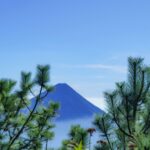 Next Post
Next Post